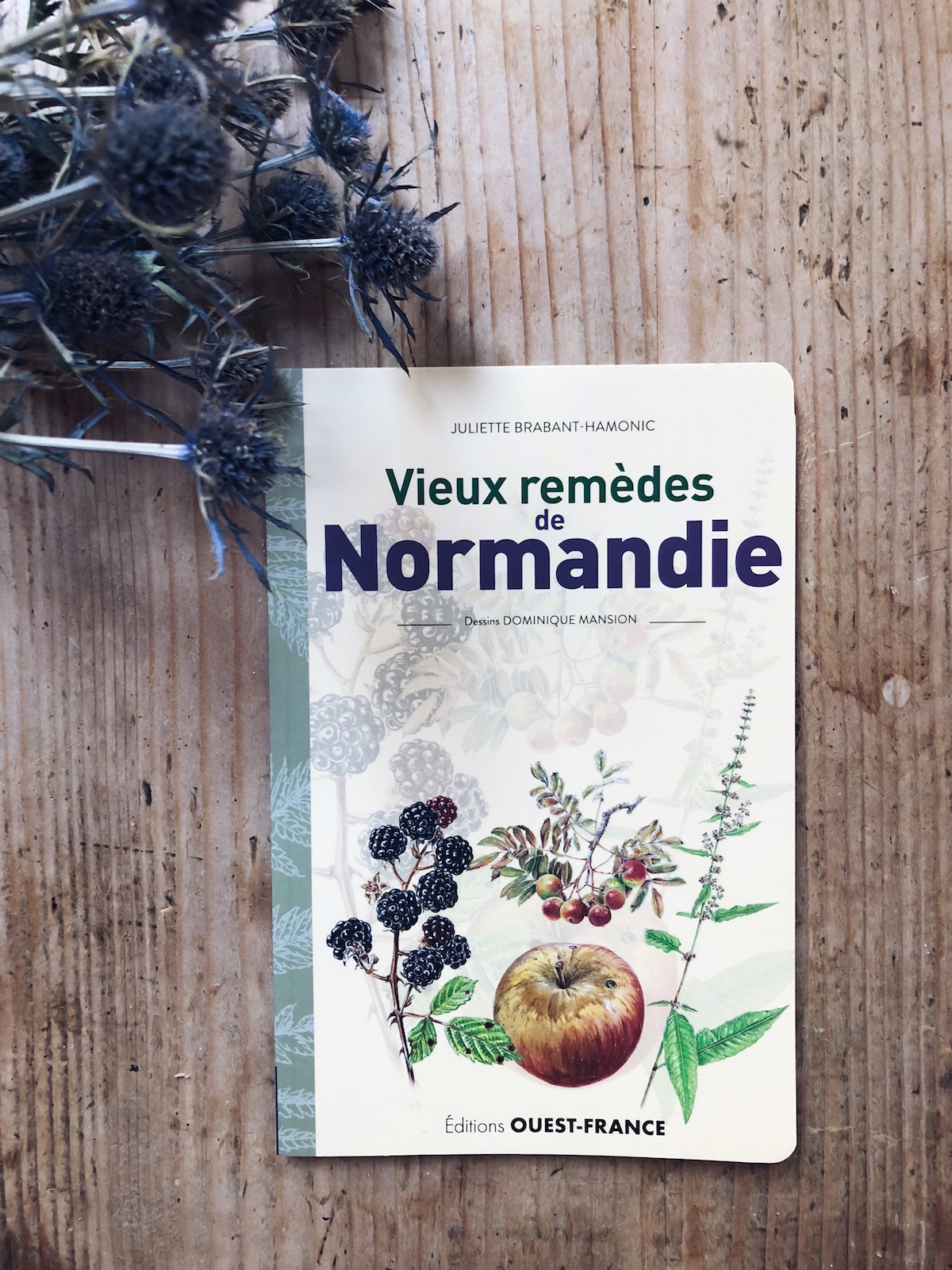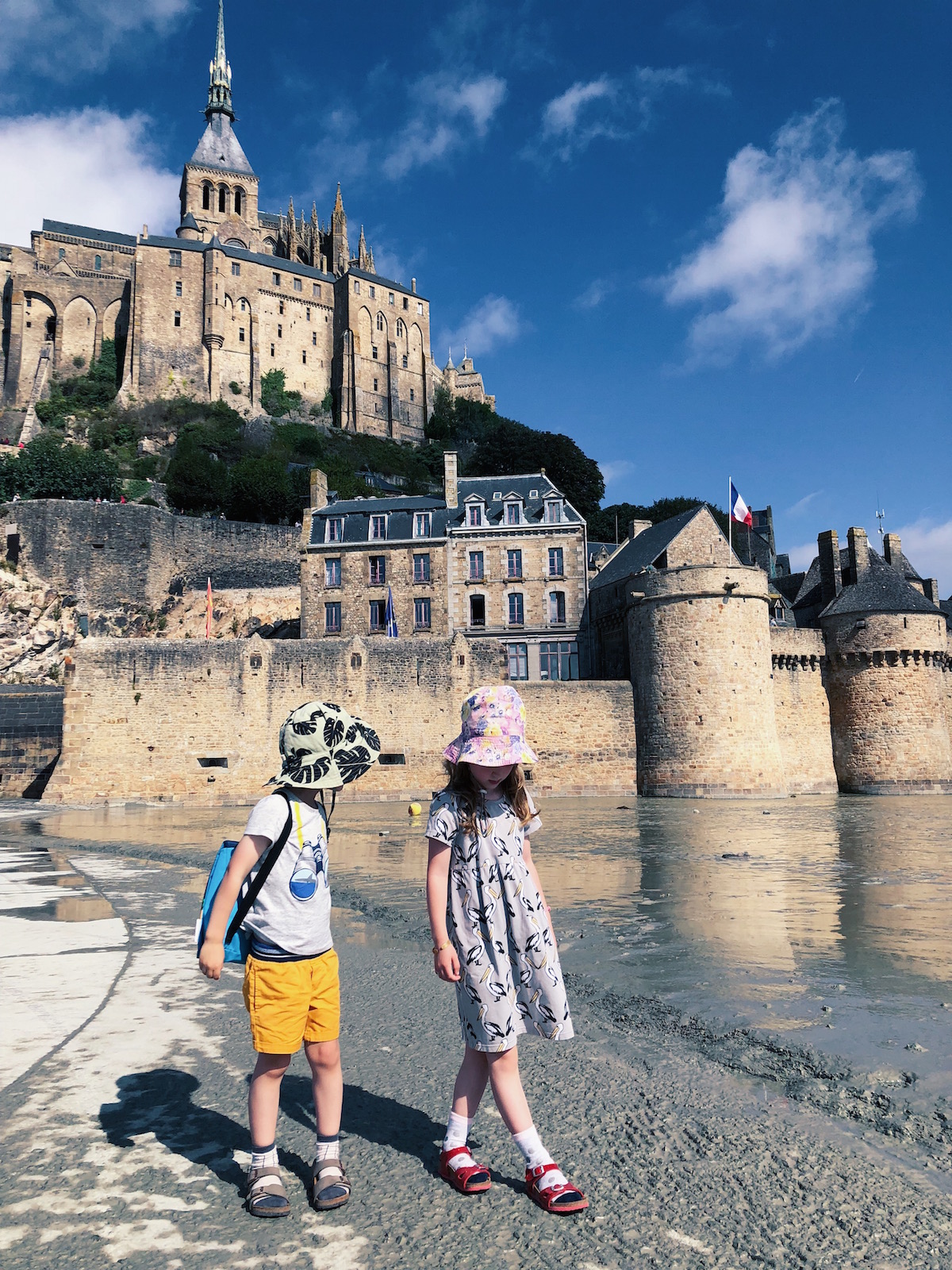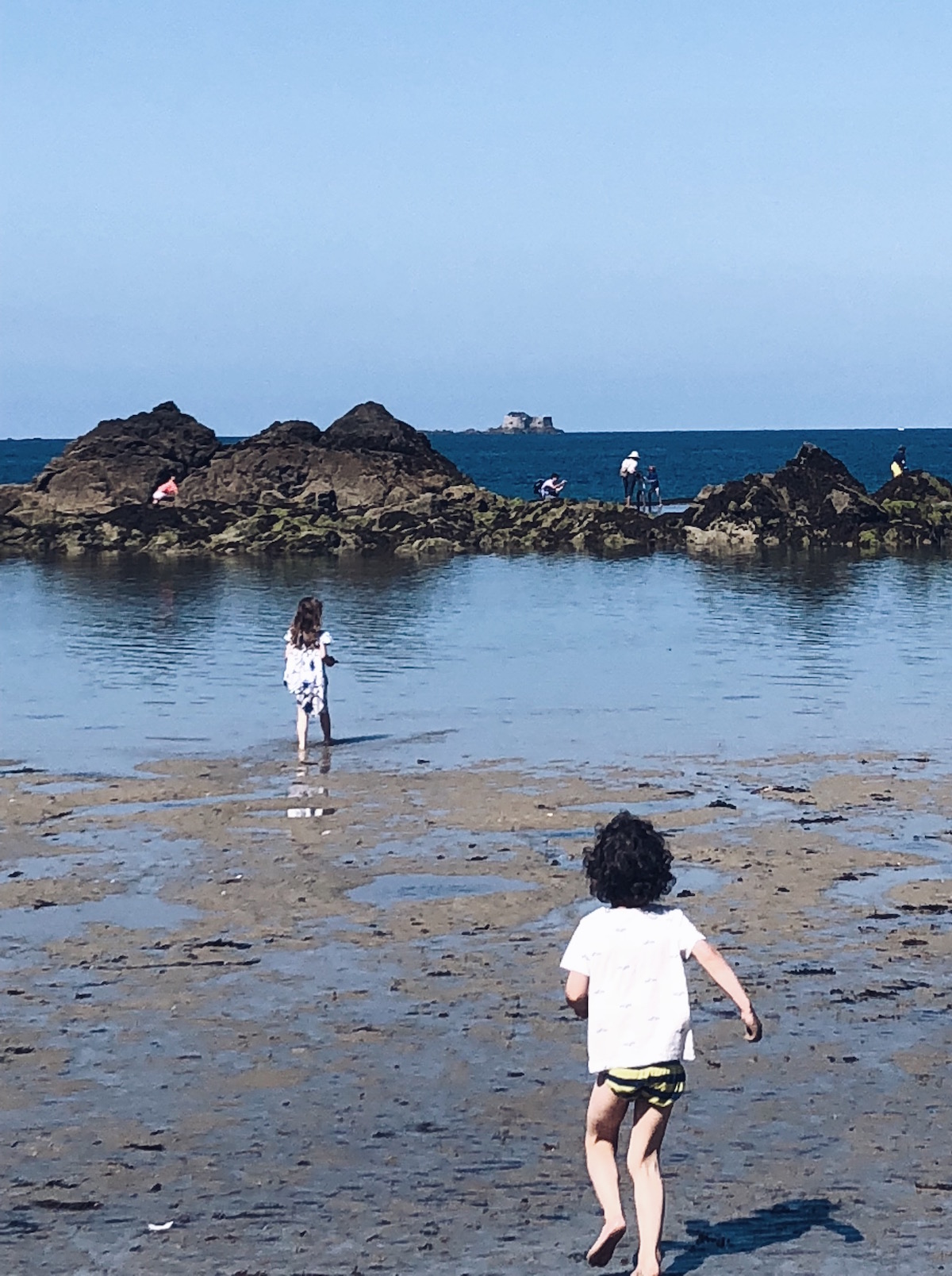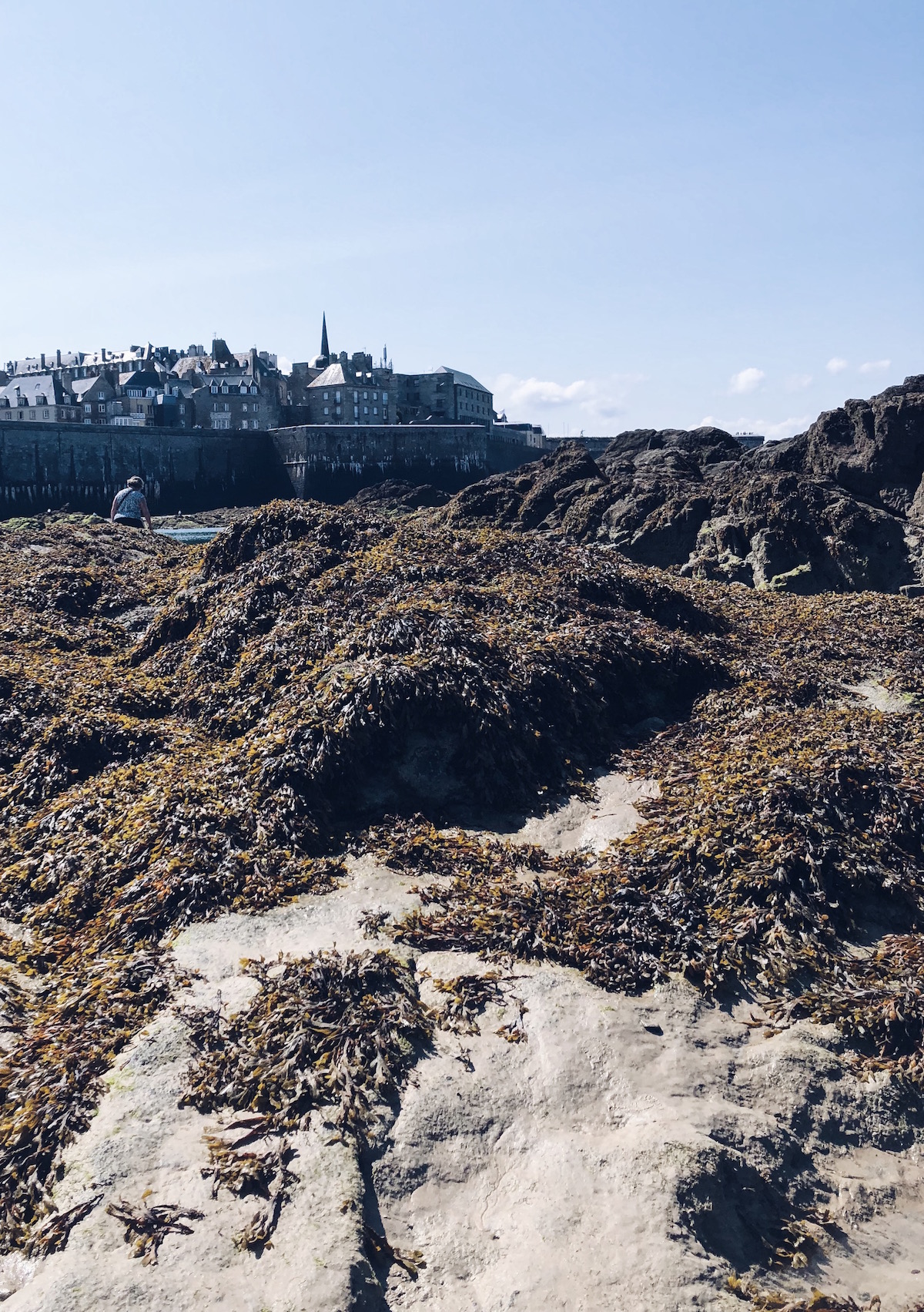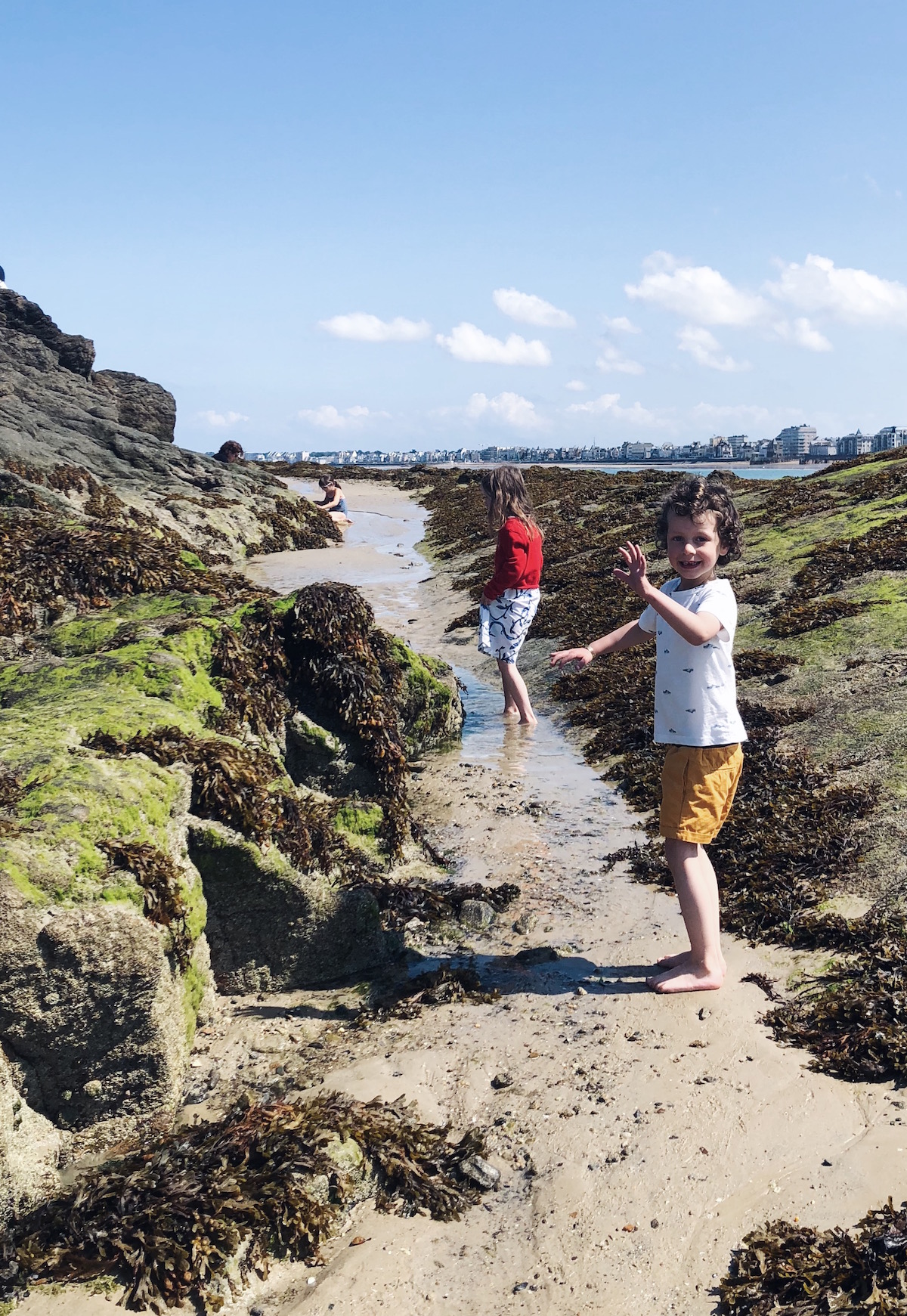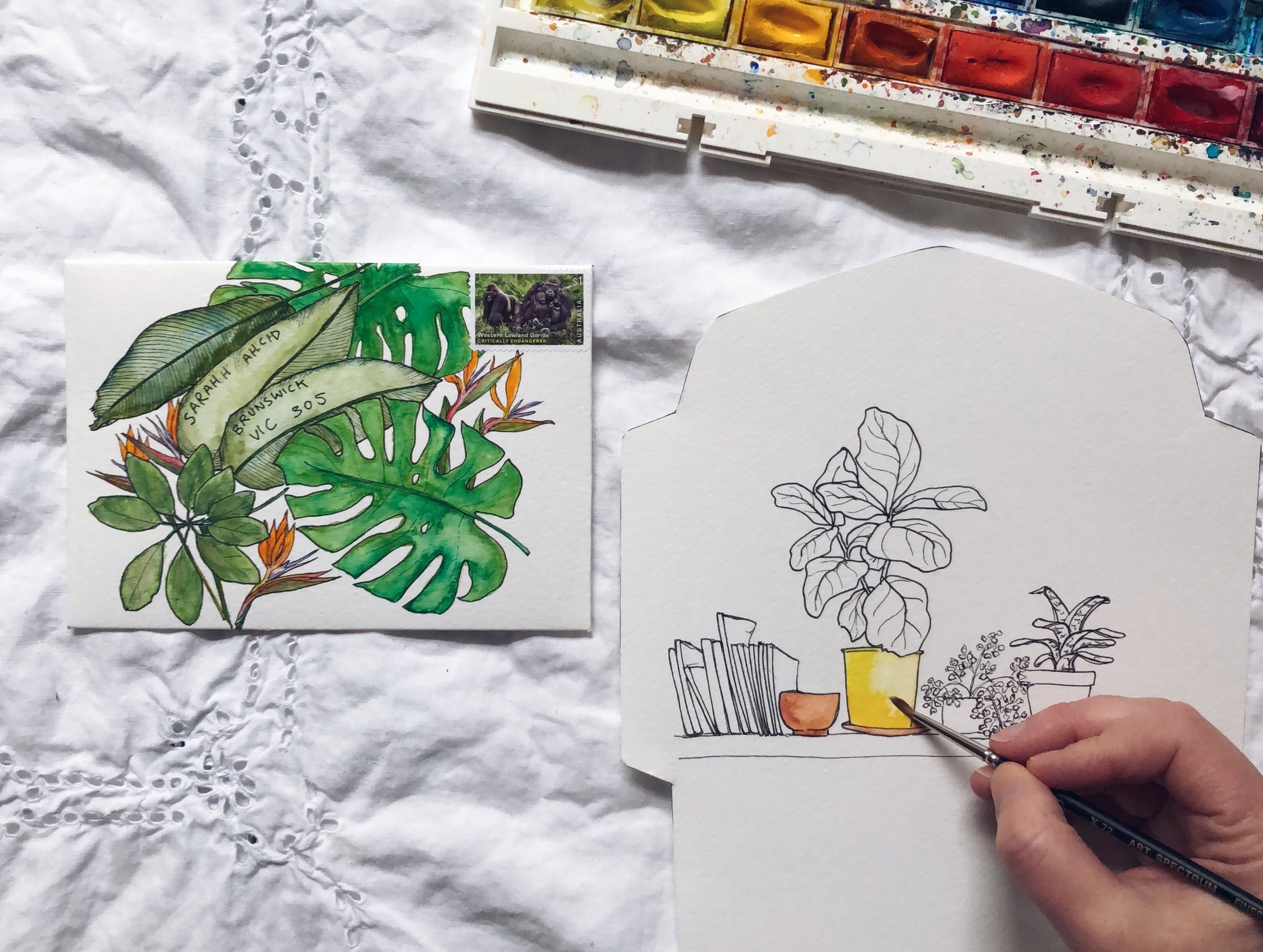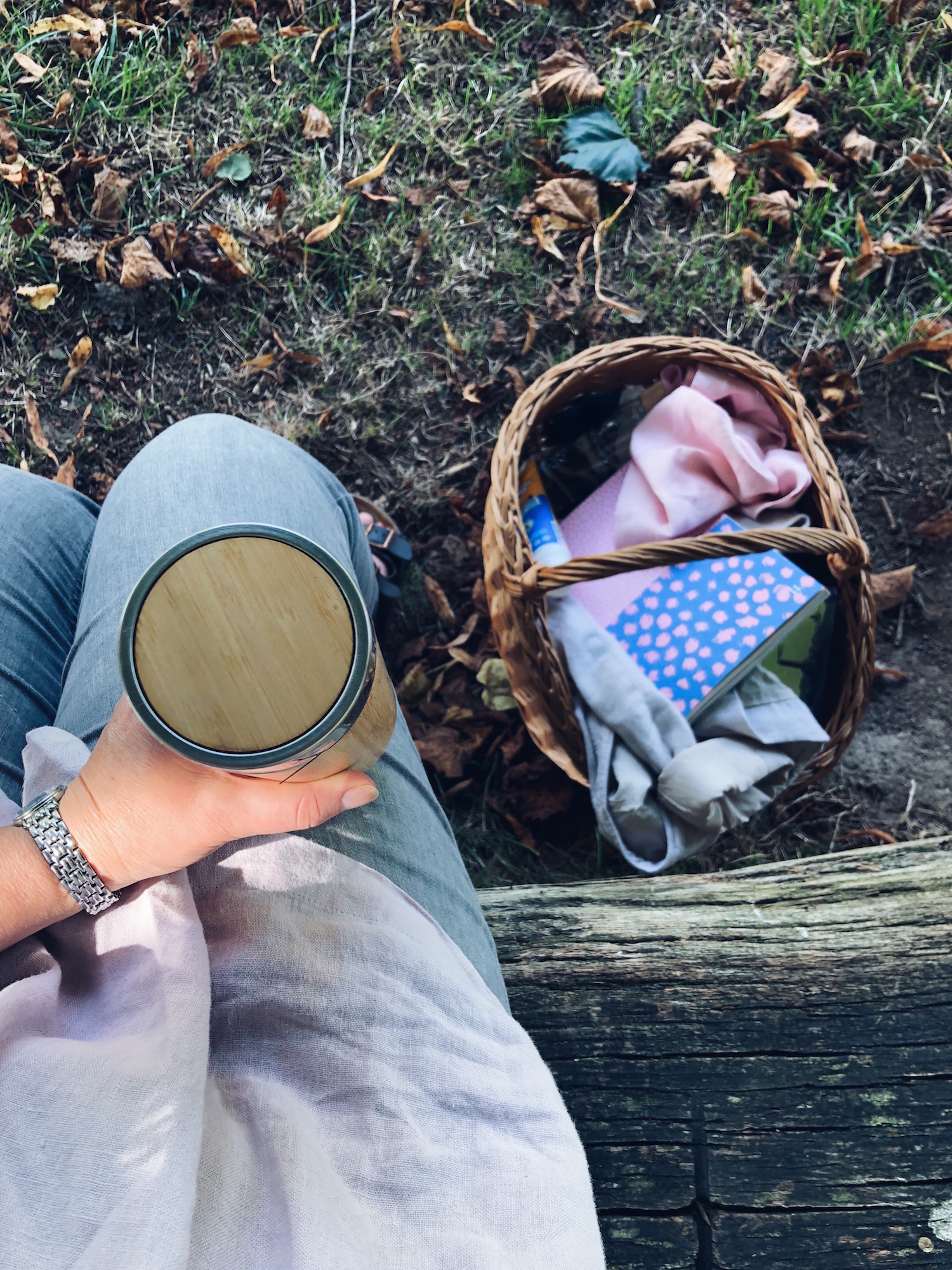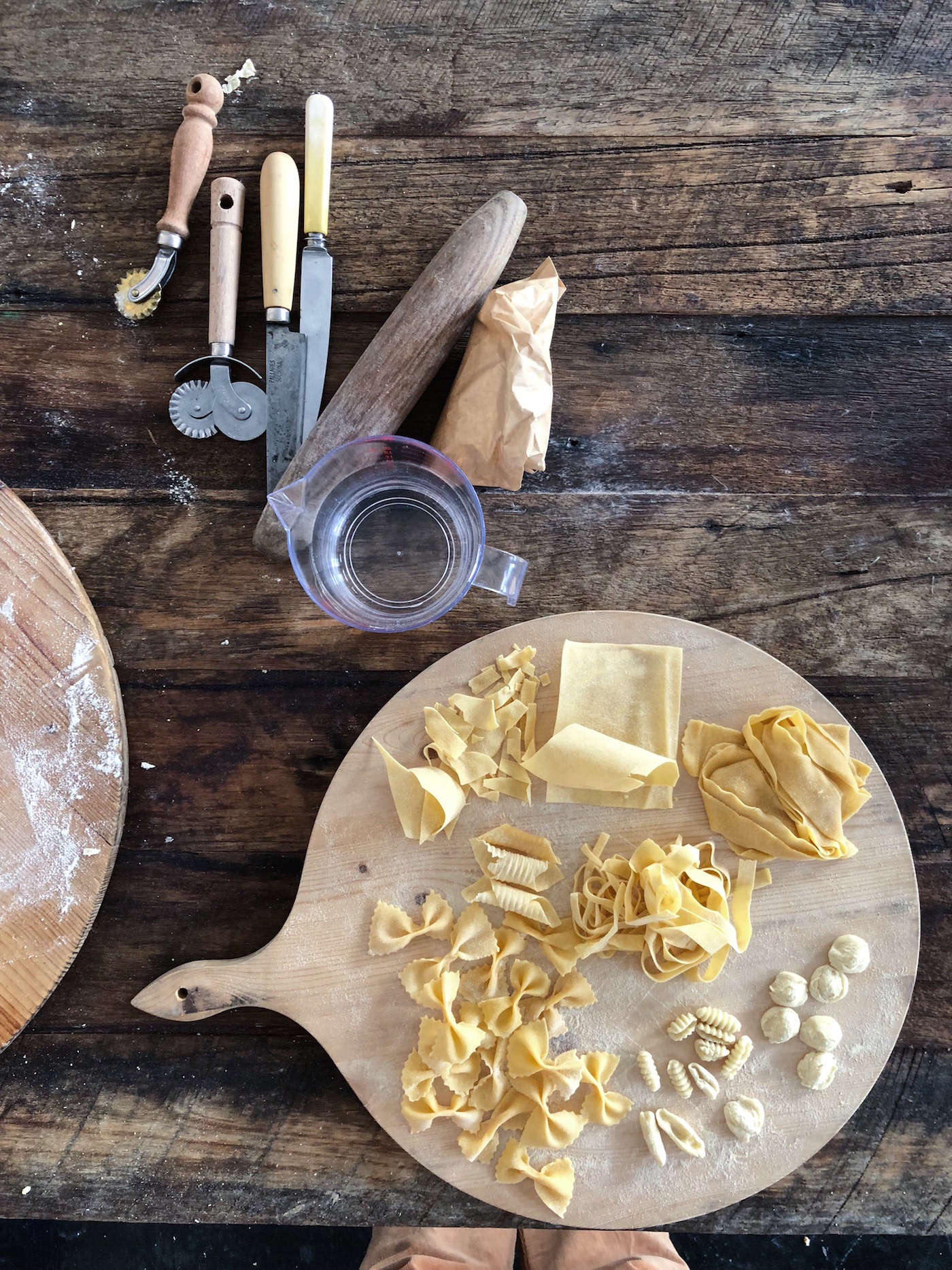
JOURNAL
documenting
&
discovering joyful things
Do you have a pen? It’s time for #lettersforloneliness!
The International Letter Writing Week for 2018 starts on Monday! Are you ready? (Scroll for the details beneath the next picture, if you just want to cut to the chase).
Earlier this year, the Universal Postal Union set a mail-challenge for children of the world, in their 47th annual competition for young people to coincide with the International Letter Writing Week. This was the challenge: “Imagine you are a letter travelling through time. What message do you wish to convey to your readers?”
Tell me I’m not the only one who wishes I was a judge in that competition, just so I could read all the entries! What a glorious question to pose, and oh! just think about what children could do with it, with that whole lack-of-inhibition thing, and their brilliant imaginations.
This all started in 1957, when the 14th Congress of the Universal Postal Union met in Ottawa, Canada, and decided to name the week that coincided with 9 October (the UN-sanctioned World Post Day) “International Letter-Writing Week.” Since then, for the past 60 years, more than 80 countries around the world have used this week as an opportunity to formalise their celebrations of the wonderful way in which letters can connect us and change our world.
I can’t stop thinking about this year’s theme, of letters and time travel. Where would you send your letter, if you could? And what would you tell the recipient? Would you save a million lives by warning our forebears of a catastrophic event? Send antibiotics to the Middle Ages? Would you right wrongs done to your family or loved-ones in the past? Say a final, proper goodbye to someone you didn’t get to say goodbye to? Write a letter to your childhood self, bolstering them during a particularly difficult time?
Or would you send your words into the future? Describe a day-in-the-life so they will truly know, rather than speculate through shards of pottery they dig up from what was once your kitchen. Would you ask them questions? (Do human beings finally stop using plastics? Have they found life on other planets yet? Has anyone finally invented hover-boards, like those in Back to the Future II?) Or would you write a letter and send it to your child, or grandchild, when they are old, telling them you love them and are proud of them?
A little while ago, I wrote this blog post about writing a letter a day during International Letter Writing Week, in a bid to reconnect with one another, and combat what is sadly being called “the loneliness epidemic.” I was overwhelmed by the response, both here on this blog as well as in private messages I received via email and on Instagram.
Maybe our own letters will travel through time, just as old letters when picked up and re-read can transport us, temporarily, into another time and place.
Do you want to take part? Write a letter a day next week, any way you like, publicly or privately. And if you’d like some support from me, I’ve put down some details below.
Letters for loneliness
The challenge: let’s all write one letter a day throughout International Letter Writing Week (8 - 14 October, 2018)
The goal: write your letters to help abate or prevent loneliness or isolation that people might be feeling. Hint: is there someone in your life that would deeply appreciate you reaching out? Write to them once, or seven times. If you don’t know who to write to, refer to this blog post for lots of ideas and links
The community: I don’t want you to be lonely, either! Use the hashtag #lettersforloneliness if you want to talk about this campaign on social media, so we can all cheer you on. If you want me to see what you are doing, you can tag me when you share on Instagram (I’m @naomibulger)
What to write: anything you like! Just write a cheering, loving word and send it to someone who you think could use a smile from you (one they can put in their pocket and carry around with them, forever)
Where to get help: if you struggle when it comes to knowing what to write or how to write it, for this week only, I have made public the lesson on storytelling and anecdotes, from my letter-writing e-course, The Most Beautiful Letter You Have Ever Written. Normally this is only accessible to my students so, to be fair to them, the lesson and its downloads will only be public for the duration of International Letter Writing Week 2018. I hope you find it useful! Read the lesson and download the resources here: The Art of Storytelling
Make your mail lovely: if you like the idea of decorating your envelopes to make them even more cheering this week (or any week), there are all kinds of ways you can do this. Open up an old envelope and trace it over a used calendar picture or wrapping paper to make a colourful envelope template. Decorate a plain envelope with washi tape and stickers. Press flowers and enclose them with your letter. If you’d like to make mail-art like the pictures in these pages, I send out free templates every month in my newsletter, which you can pick up here
Alright that’s about all I can think of. Shall we write a letter every day in the coming week, to share love and combat the social isolation that so many of us are feeling these days… even when surrounded by people and with the Internet at our fingertips? If you’d like any more support or if I can help you in any way, please don’t hesitate to reach out.
Yours truly,
Naomi xo
Pilgrims
The day started at 2:42am, with a blood-curdling scream issuing from the children’s room. I barrelled in, stubbing my toe on the dressing table then tripping over the low bed they share, to discover Ralph sitting bolt upright, in the aftermath of a particularly bad dream. He was trembling, so I held him and kissed him until he calmed down.
When at last he lay back down on the pillow, he fell instantly back to sleep. Scout rolled over, kissed the back of his head, and wrapped her arms around her little brother to keep him secure. “Ralph, you are lucky to have such a loving sister,” I said. Scout whispered into his curls, which were still damp with perspiration from the nightmare, “I am lucky to have him.” And then she, too, sank back into sleep.
By the time I made it back to my own bed, I was so full of adrenalin it took forever before I found my own way back into slumber, and it felt like only minutes before the charms of my alarm woke me again at 5:30am. I groped through the dark a second time, this time on tip-toe, to put the kettle on in the kitchen, prepare breakfast for the children, and pack a lunch for the day ahead.
An hour later, the three of us were creeping through the still-dark village, whispering so-as not to wake the locals. It was like a magical other-world in that pre-dawn dark: cobblestones shining under the orange lantern-light, and not even a whisper of a breeze. It felt, truly, as though we had stepped back in time. I was thinking this to myself as we tip-toed toward the bus-stop, and then Scout said to us, “This morning, the town belongs to us.” So I guess she felt some of the magic, too.
We made it to the bus-stop five minutes early. And stood there shivering in the dark. I put my arms around the children and Ralph said, “You are our mother-hen.”
Time for the bus, but no Line 10 to be seen. We waited a little longer in the dark, watched other buses come and go, shivered a little more, cuddled a little more. I pulled the timetable out of my bag and checked again: yep, I had the days right, and the times. We wandered over to the bus-shelter at the other side, to read the same timetables that were pinned to the wall…
… only, it turned out they weren’t the same timetables. I looked up at the wall again. Turns out, the bus-times changed when the calendar changed, and our bus had rolled away five minutes before we had arrived (probably right about the time Scout had said, “the town belongs to us”).
“There’s another bus in two hours,” I told the children. “We could take that? It won’t get us all the way but we could at least go to the beach.” They took it well, the excitement of the early morning and the walk in the dark still pumping in their veins, and didn’t even want to go home in the meantime. “Let’s just wander around,” Scout pleaded, but even I have my adventure limits, so we turned for home to pass the time until daylight.
(We had a win on the way back: our boulanger was open. By way of compensation, I bought them each a pain au chocolat, still warm from the oven, and picked up a baguette to add to our picnic later on.)
Using the Internet back home I discovered we could cobble together trains and buses and make it to our original destination only an hour later than planned, so out we trundled again an hour after that, ready at long last to begin our pilgrimage.
Walk. Train. Wait. Bus. Walk. And then another walk, a long walk, in the sun. The children were disappointed: they had hoped to risk the tides and wade through silt and sand to reach the island, but it turned out that a perfectly crafted boardwalk unfolded ahead of us, and our pilgrimage felt a lot easier, and more sanitised, than we had envisioned.
But the heat had become searing, and a long walk, when you are only four years old and had an early morning with multiple mishaps and the sun is bearing down on you, can quickly become arduous. We tramped on, at what felt like a snail’s pace (aka Ralph’s pace), feeling as though we were making more authentic, pilgrim-esque, effort with every step.
And then, carrying softly across the sand amid the chatter of thousands of other wayfarers, the noon-day church bells began to ring. So we marched onwards with renewed vigour, following the call.
Inside, I had been hoping to find ghosts. I’m good at finding ghosts. I can find the magic in even the most touristy of places, if once there was true magic. (Like Notre Dame, for example, where I once filed in with a million other tourists but still managed to still my soul and feel the prayers, hundreds of years of prayers, fluttering toward the cathedral ceiling like a million butterflies.)
But as we strode over the drawbridge and under the portcullis and filed into the medieval village, packed shoulder-to-shoulder with what felt like every other tourist in France, the ghosts were silent. Scout and I shared a big bowl of moules frites (Ralph had pizza), and then we rejoined the throng on the climb up the hill to the abbey. Poor Ralph tripped over on the pavement and almost got trampled by a German tourist and his dog. We dusted him off, dried his tears, and carried on. A few minutes later, he bashed his head on a flying buttress. We crammed against a wall and tended to him again, kissing the forehead where a lump was rapidly rising, but my little champion rallied and we resumed our climb. Several flights of stairs - me holding tight to Ralph’s hand to stop him stumbling - and we made it to the top mercifully without incident.
There, at last, the crowd thinned. We all three took a breath, opened our arms to the breeze, and discovered that we were, in fact, on top of the world.
I had been hoping for the ghosts of the past but what I found instead were spirits. Soaring, swooping, invisible and yet profoundly present. Open-armed, open-hearted, open-minded.
On our way inside the abbey, Ralph fell in the gravel and skinned his elbow and both knees. But he got up, and carried on. Heading home, now in searing heat, we discovered the lines for the horse-drawn carriage I had promised them, and also the more mundane but infinitely more practical buses, were so long, we’d never make it back to our bus and the last train on time.
I looked at that boardwalk, stretching out in front of us, and then I looked at my beautiful children, already drooping and exhausted. I didn’t know what to do. “I don’t know what to do,” I said. The words escaped me before I could stop them.
“We can walk Mum,” my little champions assured me. “Don’t worry!” I grasped both of their hands and began to power-walk, the two of them trotting along either side of me. Stress prickled me on the inside. The signpost said the walk should take 45 minutes: at Ralph pace, that meant at least an hour and a half. We had half an hour.
I’m not going to lie, that was a rough half hour. When Ralph fell yet again, I almost thought we were done-for. But those valiant children carried on. We made it to the bus with less than a minute to spare (I’m not kidding: the bus-driver was closing the doors as we stumbled up, sweating and panting and pleading), and both children wilted like flowers into their seats.
In all, they walked 14 kilometres in aching heat, and 14 kilometres in the heat is a long, long walk for two little children, not to mention the numerous bumps, bruises and grazes picked up by Ralph along the way. My heart swelled for them. Pride, joy, mother-guilt and love all mingled together at the way they had carried on forward, not complaining, in all that difficulty.
And then I thought about the air at the top of that abbey, and the way the wind had unravelled across the sandy flats to the sea with heart-stopping freedom, and how those same weary children had opened themselves to the wind with such enthusiasm that it was infectious, their evident joy and laughter spreading to the other tourists around them in smiles and giggles and sighs.
And then I thought about spirits, soaring.
The magic beach
There are cliffs at the edge of the horizon, behind the rocky island, so pale and misty they could be a mirage. I wonder aloud at what point the coast curves around, until somebody tells me that no, that is Jersey. The day is so clear that we can see all the way to the British Isles.
We arrive just as the tide is drawing out, unaware of how lucky we are. Long stretches of golden sand, still rippled with the marks of the waves, unfold under our feet. We explore rock-pools, a waterfall, an infinity pool built into the ocean wall. Gingerly we step between barnacles and in and out of patches of seaweed, making our way to a fort and prison on a hill. (Only a few hours later, there will be no beach at all, and the fort will become a wave-battered island.) Here are ancient walls, hidden rooms, and breathtaking views across to the castle walls and the old town.
I picture all of this under water in only a matter of hours. The paths, the steps, the hewn-stone alcoves... and then I think about Atlantis, and I wonder...
The children start the day in long pants and jumpers and slowly shed layers as the sun grows in strength, ending up gleefully racing across the sand and through the shallow waves in just their underwear. We plan to visit for two hours and stay for seven instead, barely making it to the last bus home, tired, sunburned, and overflowing with happy memories.
As if to complete the cliché, seagulls circle above the castle towers, calling. I feel joy.
Pirates! For centuries, the treacherous coastline, hardy sailors and impregnable castle walls made our magic beach a haven for pirates. Think of every swashbuckling Treasure Island story you have ever heard: yo ho ho and a bottle of rum, and all the rest. Ruthless crews would lay in wait for English, Dutch and Portuguese ships carrying gold, spices and other precious cargo from the Caribbean, then hide their treasure away in the many secret harbours and hideaways that pepper the cliffs and coves. In the 17th century the King of France legalised the pirates (for a share of the profit), and so they became known as corsairs, privateers pillaging on behalf of the Crown. They were so feared that British mariners called our beach 'the Hornet's Nest.'
Ralph chooses a random spot in the sand and starts digging. "Soon I'll find treasure," he announces, with supreme confidence.
This is a place rich in history and beautifully, sometimes brutally, ruled by nature. As we clamber over the still-wet rocks, Scout starts chanting to herself softly, "At our beach, at our magic beach..." from a well-known children's book we have at home. The book is about a beach that is beautiful and magical in its own right but, on every second page, the children in its pages imagine something more: knights battling dragons; an exhilarating underwater race on the backs of seahorses trailing pearls; smugglers, sneaking along the rocks at dusk.
The book is called Magic Beach.
Loneliness, letters, and a new challenge
"Are you lonely Mummy?" Scout slips her little hand into mine and looks up at me with concern.
I have been encouraging my children to interact with other children here in France. We go to the playground most afternoons, around about the time that the French children come out of school. Ralph and Scout are signing up for karate and ballet respectively and, with some help from the maire (the mayor), they have both been given special dispensation to attend Ecole Maternelle, despite the short time we are here and the fact that Scout is the wrong age.
At first, they pushed back. They are such good friends, my little ones, and almost entirely self-sufficient. They didn't feel the need to fight their shyness or traverse the language barrier to make new friends. But I persisted, and like the brave little champions they are, they have acquiesced.
But all my talk about making friends and not being lonely took root, and now they are worried about me. "What will you do?" they want to know. "How will you make friends?"
Apparently, we (and by "we" I mean "the Western world") are in the midst of what is being called a loneliness epidemic.
Digital technology has made communication easier and faster than ever before, but it turns out that when it comes to psychology and mental health, communication is not the same as connection.
In a recent survey of more than 20,000 American adults, close to half reported feeling alone, left out, and isolated. One in four Americans said they rarely felt understood.
Scientists and psychologists are now saying that social isolation and loneliness will reach "epidemic proportions" by 2030, and that this will create a public health crisis. The latest research, based on more than 70 studies covering close to 4 million people from across North America, Europe, and Australia, has found that loneliness and social isolation significantly increase the risk of premature death.
It all drills down to this: feeling connected to others is a fundamental human need.
On the other hand, while connection and communication are not the same thing, neither are connection and proximity the same. Many of those people in the previous studies who said they were lonely were living with a partner. This backs up something that I firmly believe: the key to combating loneliness is not about how many relationships you have (or how many Facebook friends, YouTube followers or Instagram followers you have), but about how meaningful your relationships are.
That's why I feel OK, and how I attempt to ease the fears of my children on my behalf. I have moved states and countries enough times that my friends are scattered all over the world. I have learned how to remain connected despite being geographically separated. That's not to say I don't genuinely love a coffee catch-up with my dear friends, or to share a meal with my husband at the end of a long day, but I do know how to feel connected when we are apart.
The sting of loneliness can be felt by just about anyone, at any age and in any circumstance. However, social isolation and disorienting experiences can definitely create or exacerbate feelings of loneliness. So people in nursing homes, hospitals and prisons, for example, as well as migrants, people who are unwell at home, and the live-in carers of people who are unwell at home, are more likely to become quite lonely.
This is a beautifully and sensitively-written article that talks more about modern loneliness.
So I was thinking. What if we were to all reach out to people who were either lonely, or at risk of feeling the kind of social isolation that leads to loneliness? Could you help?
A week-long challenge
International Letter Writing Week is coming up next month (it's the week that coincides with the official UN World Post Day, on 9 October). What if we were all to commit to writing a letter or a postcard a day to someone who is lonely, throughout that week, to help them feel more connected?
A letter is a lovely way to share your emotions, and invite others into parcels of your days, that is second only to catching up face-to-face. Even the tangible nature of your letters - your handwriting, the stationery you chose, any gifts or embellishments you made - make them personal. For someone who is experiencing loneliness or isolation, your letter is like a hug, and the time you give to properly reading a letter from them is a listening ear, or possibly even the shoulder they need to cry on.
You don't need to write "I thought you might be feeling lonely" (no-one wants a pity-letter!). Just write "I was thinking of you and thought I'd write to say hello." You could write to the same person seven days in a row, or write to a different person each day. Here are some ideas:
Write a letter to a grandparent or another family member who lives alone
Write a letter to a friend who has moved somewhere new
Write a letter to someone you know who is unwell and stuck at home
Write to a sick child via Post Pals
Write to a prison inmate via Write a Prisoner
Write to children in hospital via Cards for hospitalized kids
Write to a nursing-home resident via Love for the Elderly
Write to a homeless person via Silver Lake Love
Write to a seriously-ill child via Send kids the world
Write to a soldier on deployment via Adopt a US soldier
Write to a refugee on Manus Island or Nauru via Letters to asylum seekers
Of course, the act of writing to someone, when you write from the heart, does you bucket-loads of good as well. Sometimes I feel quite selfish when I'm writing my letters, because writing and making them makes me feel so good. Probably, it helps me stave off the loneliness I might otherwise be feeling, too.
In the article I linked to above, loneliness is described as "a let-out-of-breath topic." So many people feel this kind of social malaise, and it's so nice that we can all be allowed to talk about it at last, and not feel any stigma. Maybe if we all get writing, we can turn the tide of isolation, and start to forge real connections again.
What do you think? Are you in?
ps. If you're in the mood for even more letter-writing inspiration, I want to remind you about my letter-writing and mail-art e-course, "The Most Beautiful Letter You Have Ever Written," from which this challenge-theme and the list in it was taken.
Over four weeks, I will guide you through multiple methods of making beautiful mail-art and creative, handmade stationery; teach you the art of writing and storytelling; help you forge personal connections in your letters and find pen-pals if you want them; and share time-management tips so even the busiest people can enjoy sending and receiving letters. There's also a host of downloadable resources, and access to my own private mail-art pen-pal group. Registrations are open right now, and you can find out more here.
Summer picnic
We spread out our blanket in the shade on the grassy flat inside the ruins of the castle. All around us, birdsong. The paper-rustle of the breeze in the trees. The occasional, distant hum of a car bracing itself to climb the hill on the other side. And centuries. The sound of centuries. The vibrations of a thousand years, deeper than human hearing but as real as that bumble-bee we saw, drunk on pollen, staggering from borage to blackberry and back again.
I take off my shoes and the grass is soft and warm beneath my toes. I want my body to touch the hum of the centuries, to see if they will touch me.
"Are you grounding, Mummy?" asks Scout. That's my girl. The children kick off their shoes, too, and race about amid the wildflowers, shooting corks at each other from toy wooden crossbows. We pick flowers to press and, when the sun gets too hot, retreat into the shade for lunch. It is simple fare, but so, so good. Baguette from our favourite boulanger in town, soft cheese, pear and apple. And because I am still not entirely French, a thermos of hot tea.
I stretch out on my stomach, kicking my bare feet in the air behind me, and read to the children aloud from Lunch Lady magazine. A story about the romance of caravanning in Australia. Scout says, "Let's stay here for the whole day," and I agree. Ralph discovers he can carry the corks for his crossbow inside the fat curls on his head.
There is a plaque set near one of the ruined towers of the castle, that tells a little of the history of this place. It is uncharacteristically poetic for a plaque, and so beautiful that I search the small-print for an attribution of some kind. I feel as though I'm reading Victor Hugo, or Walter Scott, rather than someone from the Bretagne Tourism Office, circa nineteen-eighty-something.
I'll share some of it with you.
"For over a thousand years, the mighty castle walls dominated the banks of the river and echoed to the clash of iron and the cries of warriors. Now all is quiet on the deserted peak. Nothing is to be heard but the songs of the shepherds and the birds. The old feudal giant is nothing more than a meagre skeleton and each winter carries off a fragment. Only brambles and wild flowers inhabit the gaping ruins. Corn and apples ripen the orchard that once was a place of arms. Only the dew from heaven and the labourer's sweat now water this earth which warfare once drenched in blood and tears."
Crackers and creative confidence
Last night while drinking champagne and eating crackers with soft cheese and slices of fresh tomato (topped with ground salt and black pepper), my friend Tonia and I got to chatting about bell-ringers and how they manage to stop those giant bells from tolling past the designated number on any given hour. (Do you know how they do it?)
Creatively inspired by the champagne and the lateness of the hour, we came up with all kinds of theories, ranging from shoving some kind of giant feather duster up in between the clapper* and the inside of the bell, to having a second bell-ringer whose job it was to catch hold of the bell as it swung and then hold it there (perilously, in our imaginings, tilting over the edge of a bell-tower while holding back a giant brass bell with all their apparently-considerable strength). I have my suspicions that our theories would not hold water in a peer-reviewed study, but they filled our evening with laughter.
And somewhere in the midst of all this my brain, probably once again influenced by the champagne and the late night, made the leap from creative theorising on bell-ringers to creative inspiration in general to Quasimodo and the way jobs that were once intensely private (like bell-ringers in Notre Dame) were now as open to the world as anyone else (thanks to the Internet and in particular social media) to the way many artists are now using this phenomenon to practise in public and build a tribe or community of like-minded supporters around them.
Isn’t the Internet amazing?
And here’s something else we talked about. That everyone Tonia or I had ever known or met had had misgivings about sharing their creative work in public. Our Inner Critics not only make nasty comments that put us down and leave our confidence in tatters… they are also experts at isolating us and making us feel as though we are the only unworthy ones in the room. But the two truths are: 1) none of us is unworthy, and 2) at some time or another, all of us feel unworthy.
I mean, everyone.
In 1908, Monet destroyed at least 15 of his major works just before they were due to be exhibited in the Durand-Ruel gallery
Franz Kafka burned 90 percent of his writings and instructed in his Will that the rest was to be burned unread. The only reason we have Kafka's works today is because his friend ignored his wishes
Billy Joel said of his 1989 hit We Didn’t Start the Fire that “That melody is horrendous. It’s like a mosquito droning. It’s one of the worst melodies I’ve ever written.”
Woody Allen hated his classic movie Manhattan so much that he begged United Artists not to release it, and even offered to do another movie for free just to stop it from being released
Harper Lee tossed the manuscript for one of the world's most beloved novels, To Kill a Mockingbird, out the window
I once read that Picasso had been banned from certain galleries for trying to ‘fix’ his own paintings
The only reason we have these great works today is because the artists ultimately shared their work, despite their misgivings. (Even Kafka refrained from burning that final 10 percent of his work).
I don’t really have a lot more to say about this subject, except to wave my pom-poms and cheer you on. You’ve got this! Don’t hold your beautiful, creative work back, even if it’s not ready yet. Even if it’s not perfect. Let’s all celebrate the process, and build one another up.
End of rant.
* I had to look up 'clapper.' Now my Google history shows "what is the name of the donging bit in a bell?" I wonder what the aliens would think about us if they read our Google histories.
Early morning with a teapot clock
There is a ticking clock. I followed the sound of it this morning as I tip-toed barefoot into the kitchen in a dark that was almost complete, aside from the soft, orange glow of one streetlight in the leafy square down below, filtering through the window. Tick tock. I tilted my head to listen more closely, and groped about in the dark for the object that was ticking. Held up to the faint light of the window, it revealed itself to be small, ceramic clock shaped like a teapot, and it said 5:40am. Good enough for me. I put the ticking teapot down, flipped the real kettle on, and opened the window to let the cooler air in.
With my tea made, I sat down by that window and looked out over the square: there is an old church from which last night a choir of angels filled the air with song; a half-timbered medieval house across the way; and cobblestones around the silent square which, during the daylight hours, is bustling with people drinking and dining and laughing and smoking and talking: talk, talk, talking in snatches of French that I pick up here and there as they waft up to me in my third-floor eyrie, and it feels impossible that I am actually here.
I think about this as I sip my tea. I want to take this opportunity, before the rest of the house is awake, to let the reality of this new life sink in.
We have moved to France. Not forever, but for a fair bit longer than your average holiday. It is August right now, and we won't be home until New Year. We have an apartment in a village, and our goal while we are here is to simply and whole-heartedly immerse ourselves in life. We want to explore every inch of this village, on foot. We want to practise the language. We want to make friends. We want to eat the food and we want to learn to cook the food.
Our village is pretty. Almost impossibly pretty, like a storybook. I didn't know this when I chose it: I simply googled towns of a certain size in the area we wanted to visit, and shortlisted them according to amenities like nearby hospitals and train stations (the reality of travel with kids). I can't even begin to share the knots of anxiety I had been experiencing in the lead-up to this trip (and oh! the late nights finishing my deadlines!), and the journey here took two days and was genuinely gruelling. Nobody wants to see a four-year-old with bloodshot eyes from exhaustion, and still have to tell them "Sorry, Mummy can't carry you because of the suitcases."
But yesterday as Paris gave way to fields and forests as our train sped on and on through deepening wilderness, my heart began to lift. Our stop: the end of the line. We clambered off and dragged those heavy suitcases and heavy-lidded children over the rough cobblestones, up and down laneways and in and out of crooked little streets, until suddenly we rounded a corner and an antique carousel was just beginning to turn. A hill beneath it swept down over ancient rooftops peppered with terra cotta chimneys, behind a riot of summer blooms. Pedestrians had taken over the road, the one brave car that appeared every five minutes or so being forced to inch its way tentatively through swathes of people eating ice cream.
Scout turned to me with eyes like dinner plates and said, "Our town is amazing!" and I let out a deep breath I hadn't even realised I was holding.
Our caretaker met us at the door with smiles and keys and a cornucopia of French bread, eggs, milk and fruit that I had asked her to buy for us. (Ralph bit into an apple and then it was his turn for those bloodshot eyes to turn into dinner plates: "It's a PEACH!" he announced, with the joy that can only be had by a fruit-loving boy who only two days ago was in winter, and proceeded to eat two at the same time, one in each hand).
It will take some adjusting. At the moment, we still feel like tourists. The children, with Euros from friends burning holes in their pockets, bought woven bracelets and rings and money boxes and keyrings from market vendors in the streets, and there was no way I was getting them to bed without ice cream first, and a wander through the old streets and through the castle walls.
In two weeks, though, most of the tourists will go home, and we will start to learn what life in the village is like when it is just a village.
The dawn is starting to lift now, and the first of the birds are singing. A friendly cat just launched itself onto the windowsill and frightened the living daylights out of me. When my heart palpitations subsided I said "Bonjour," and it purred a greeting, before slinking off on whatever mission it had originally had in mind.
The clock tower bell is tolling (very considerate: it didn't toll throughout the night, or maybe the bell-ringer just needed a sleep-in today). A few introductory higher notes and then a heavier, centuries old message: dong, dong, dong... seven times. And now I hear seagulls, drowning out the sound of the ticking teapot. Seven o'clock. Time to get the kids up.
All the sunrises and all the sunsets in all the world
For the longest time, it felt as though I was alone in a post-apocalyptic world… all empty streets and orange-tinted street-lights and not. one. sound (not even crickets)… as I watched the moon turn slowly pink and Mars shone fiercely bright as only the god of war could do.
Watching the blood moon eclipse unfold through the lens of my camera, the tall conifer trees at the back of the council building across the road gave the impression that we were somewhere rural, in the south of France maybe, rather than where I actually was which was a bus stop in an inner suburb of Melbourne, Australia. This impression was helped by the fact that no matter how hard I tried, there was so little light in the sky aside from Mars, which dominated everything, that every picture I took came out blurry, a little like a Van Gogh landscape with all those conifer trees.
I shivered, adjusted the rug I’d draped around my shoulders for warmth, and moved the camera tripod a little to the right to position the moon between the trees again.
Blood red. It sounds ominous, but it was the most beautiful sight. The cold moon washed red by all the sunrises and all the sunsets in all the world, happening at that exact moment. My moon, and yours. I stood there no longer alone, thinking about all those sunrises and sunsets and YOU in them, waking to coffee or driving home from work or sipping wine by the beach or making the beds or walking the dog or heading out with friends… all those things you were doing at sunrise or sunset in Auckland or Amsterdam, and everywhere in between.
Not alone. “Can you see it yet?” a woman in a white dressing-gown and ugg boots raced across the road, face sky-ward, while a man followed after her, calling out. A child and a grown-up, also in dressing-gowns, hurried up the street I was on, pointing to the sky. A car came around the corner and the driver saw us, pulled over, turned off the headlights, and got out to watch.
We all stood in companionable silence for a minute or two, and then the sunrise-sunset-moon slipped behind the conifers, and everyone drifted away, back to their warm homes. Somewhere, a magpie started to sing. I took a last sip of my thermos tea, packed up the camera tripod, and turned for my own home, too. Alone in the brightening sky now, fierce as ever, I’m pretty sure Mars shook his fist at me.
A walk in the forest
A walk in the forest is what I'm longing for right now. Somewhere with a gloom that is friendly, like a hug from nature. With fallen leaves and old sticks and bark and soil underfoot, and a green canopy overhead where daylight filters, dappled and maculate, soft as rain.
Deep, deep down below, the trees will be talking. Sharing secrets, nutrients, nurture.
I will explore paths long-untrodden, peer into corners and around ancient trees, search for friends from the pages of old stories, and make up new stories in my mind.
Thinking of you
Sometimes do you find that the longer you leave a conversation, the harder it is to have? I'm not talking about "tricky subject" conversations necessarily, even something as lovely as a catch-up with a dear friend. If you haven't seen or spoken to your friend in weeks or months, a quick half-hour catch-up over coffee just won't do it: there's too much to say, too much to retell! And so you put off the coffee until you can plan a dinner, or a whole afternoon. But time races on and you never do find the enough time to do that, and all the missed conversations between you accumulate, and something as ineffectual as a half-hour coffee catch-up seems even more ridiculous.
That's a little bit how I feel about this blog right now. There's so much I have to say and share that I don't even know where to start. And I don't really have the time to be telling all the stories, but I miss this blog. I've put off writing in here because I feel too busy to tell the full story. But then all I do in the meantime is collect more stories, and neglect this little space.
Last week I was hunting for a blog post I'd written a while back and, as I scrolled through my own archives, it made me so happy and a little nostalgic to read back through all those stories. I called my blog "Naomi Loves" because I wanted it to document the things I love: things made, discovered and celebrated. I have protected it as my own space, choosing not to monetise or do anything else that would let this blog belong to someone else. It is my happy place, and yours if similar things make you happy. And reading back over it the other night did make me happy.
So I'm back, even if only for a half-hour coffee chat. A similar equivalent is when I tell my letter-writing students not to always feel they have to write a grand epistle. Sometimes, the weight of writing an amazing letter gets in the way of writing any letter at all. So I tell them, "Write a postcard. Tell the person, 'I'm thinking of you.'" This is my postcard to my blog, and to you. I'm thinking of you!
Here are some things I've been doing lately...
* Wrote and launched my Create with Confidence mentoring program and e-course, which is up and running now (I can't wait to share all the amazing things my students are creating. They are the most incredible bunch of women.)
* Gave an interview to Issue 23 of Flow magazine, and took over their Pinterest board for a month
* Learned how to make pasta properly at a children's workshop (pictured) hosted by Lunch Lady magazine with the lovely Julia Ostro. (Four-year-old Ralph also learned how to pronounce orecchiette to perfection)
* Visited Orange in NSW for the My Open Kitchen gathering, an entire weekend of wisdom, inspiration and community, and chatted with Skye Manson on the My Open Kitchen podcast about art, books, community, and kindness
* Talked to In Clover magazine (volume 4) about letter-writing and slow living, and how to make mail-art
* Finished writing my book The Art of Mail, finalised the cover art, sent it to design, and am now finalising the last of the illustrations to go inside
* Nervously joined sales coach Jessica Lorimer on her podcast to receive on-air coaching about how to sell my courses with integrity, gentleness and consideration
* Finally convinced my family to go camping with me. We were woefully under-prepared, and froze all night, but the children are still talking about it with joy months later
* Had the most lovely natter with Miranda Mills on the Tea & Tattle podcast, all about letter writing and forging real connections
* Shared my thoughts about the joys of letter-writing in the family issue of Peppermint magazine
* Wrote a mini e-book for people who struggle to find the time for their creativity, called Time to Make (it's free for subscribers to my newsletter and you can get a copy here)
It seems like a lot when I write it all down like that. No wonder I'm so tired! I hope you'll share what you've been up to, too. It's time I stopped talking, and started listening!
Talk soon, Naomi xo








